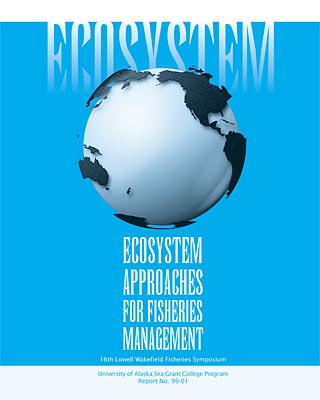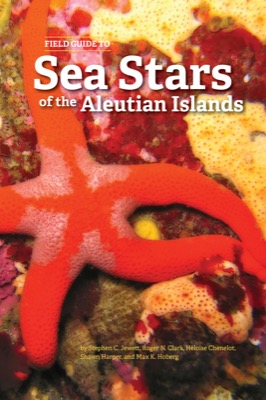
Does Harvesting a Million Metric Tons of Sand Lance Per Year from the North Sea Threaten Seabird Populations?
Robert W. Furness
- Price: $0.50 Sale: $0.00
 This is part of Ecosystem Approaches for Fisheries Management
This is part of Ecosystem Approaches for Fisheries Management| Format | Price | |
|---|---|---|
| PDF download [212 KB] Bypass cart and download |
Free | Add to Cart |
Description
The North Sea has for many decades been one of the most heavily fished seas in the world. Most stocks of large predatory fishes are depleted. Stocks of herring and mackerel were greatly reduced during the 1970s. Current annual landings of sand lance are the largest single species catch from the North Sea at up to 1 million t. About 4 million seabirds breed around the North Sea. Most depend largely on sand lance as food during breeding. Over recent decades seabird numbers in the North Sea have increased considerably. Removal of sand lance by the fishery might be expected to have negative effects on seabirds. Seabird populations and breeding productivity in the North Sea are intensively monitored, yet there is no convincing evidence that the sand lance fishery has yet affected seabird numbers or breeding success.
Three factors may explain this. First, seabirds are generally long-lived and have behavioral mechanisms to buffer themselves against effects of short-term fluctuations in fish abundance. Second, seabird consumption of sand lance is partly spatially separated from sand lance fishing effort. Third, the industrial fishery may represent a substitute for removal of sand lance by adult mackerel and some gadoids that occurred previously, such that combined predation imposed by those fishes plus industrial fishing appears to have remained approximately constant. All these possible explanations present important implications for future management of fishing effort in the North Sea if the fisheries and seabirds are to continue to coexist.
Item details
- Item number: AK-SG-99-01ae
- Year: 1999
- DOI: https://doi.org/10.4027/eafm.1999.31



